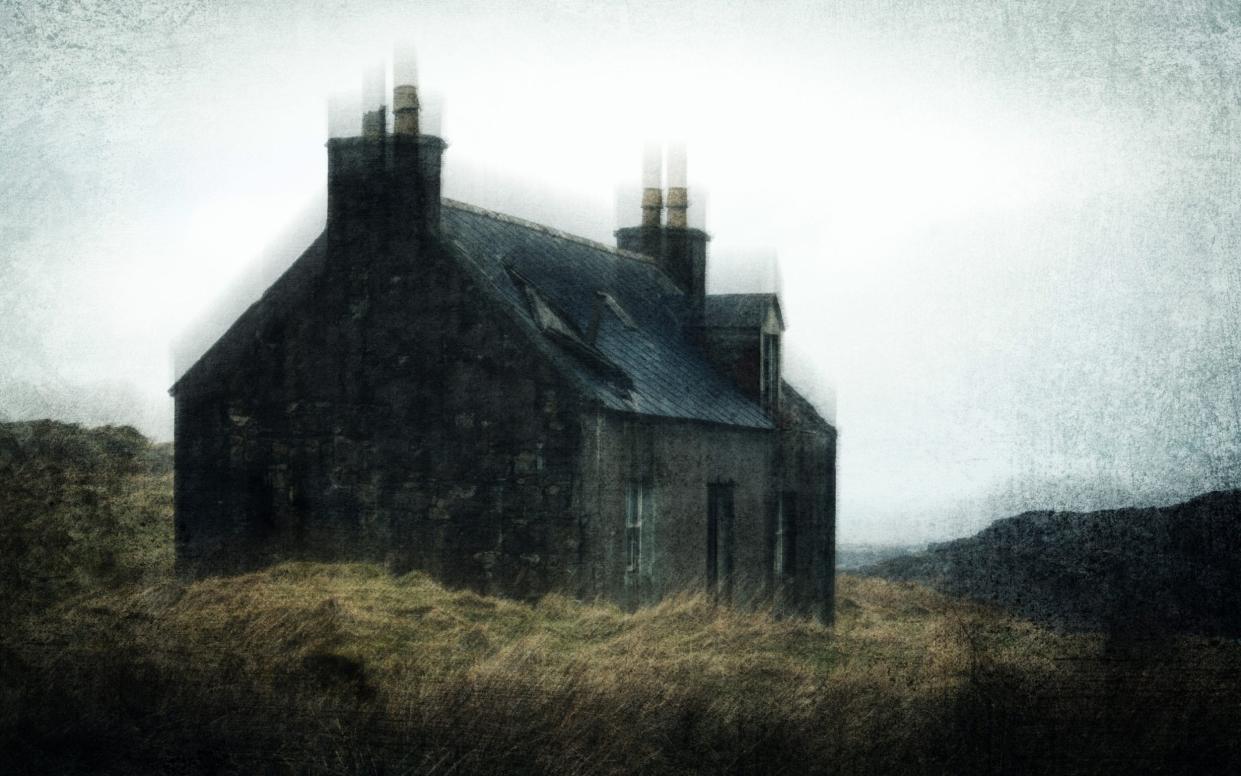A spine-tingling Gothic tale for young readers

Gothic fiction might not currently be the most fashionable of children’s genres – but Lucy Strange has made it her niche, and in the course of six novels has yet to put a foot wrong. The Secret of Nightingale Wood (2017) told the story of a young girl haunted by the death of her brother; Sisters of the Lost Marsh (2021) was about a family threatened with a deadly curse; and The Mermaid in the Millpond (2022) concerned ghostly goings-on in a rural cotton mill.
Just as we expect love to conquer all in a novel by Barbara Cartland, fans of Strange expect roller-coaster adventures in desolate landscapes and draughty houses – and her latest novel does not disappoint. The story is set in 1932, and the heroine is Faye, who is being sent away to boarding school on a Scottish island following an incident she can barely recall: “I remember the wind and rain striking hard… I remember seeing the old yew tree – a ragged silhouette against the storm-lit sky. And then? And then the memory shatters like a mirror.”
Since the night in question, Faye’s father has become increasingly withdrawn, and Faye is tormented by demon voices, convincing her that she has committed a terrible crime: “What have you done, Faye? Oh, what have you done, you wicked child?… I wasn’t just being sent away to a new school. I was being punished. Exiled.” On arrival on Auk Island, her fears seem well founded. The landscape is “desolate and strange”, and the school is in a former abbey, where the pupils sleep in locked cells, under the tutelage of the sinister headmaster Dr Lighter, whose wife fires after anyone trying to abscond with a shotgun: “This is an island. You can’t escape.” But the Lighters did not reckon on the resilience of their new captive, and soon Faye will find herself unraveling the island’s secrets, and discovering the truth as to why she was sent there.
As in Strange’s previous novels, there are plenty of traditional Gothic tropes – but she is too original a writer ever to let us feel we’ve been here before. She says that in her books she likes her landscapes to act “like characters in themselves”, and by the end of the story the “bleak, brown moorlands” of Auk have revealed a more beguiling side. (“I couldn’t shake that jolt of feeling I’d had when I first set foot on the island – like a voice calling my name.”) And with a gentle environmental message, this turns out to be a Gothic novel with a thoroughly contemporary feel.
The Island at the Edge of Night is published by Chicken House at £7.99. To order your copy call 0808 196 6794 or visit Telegraph Books


